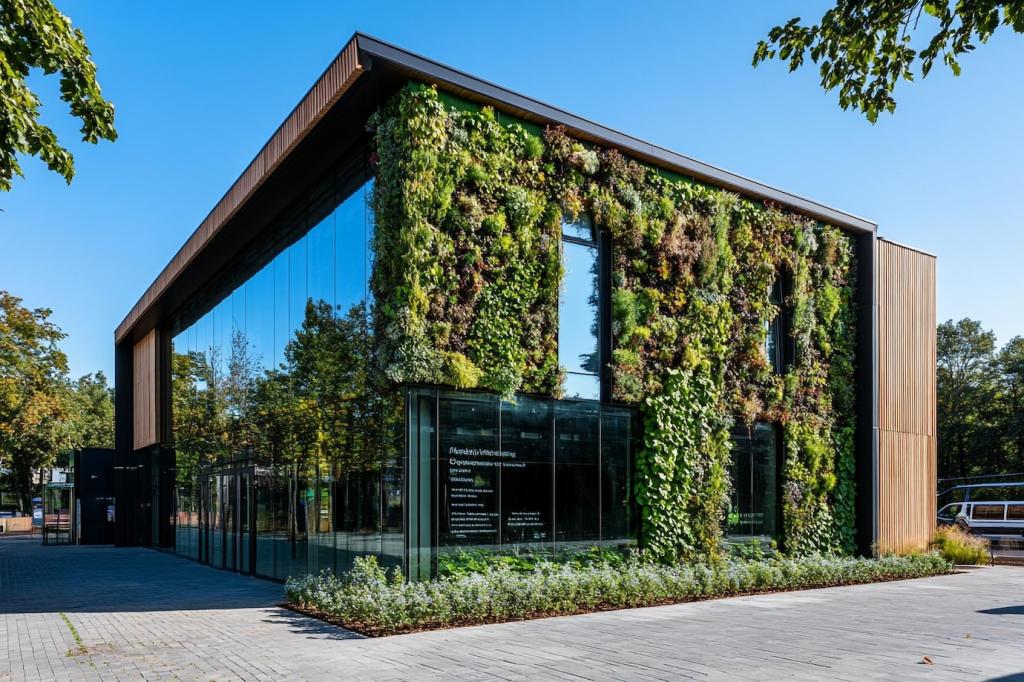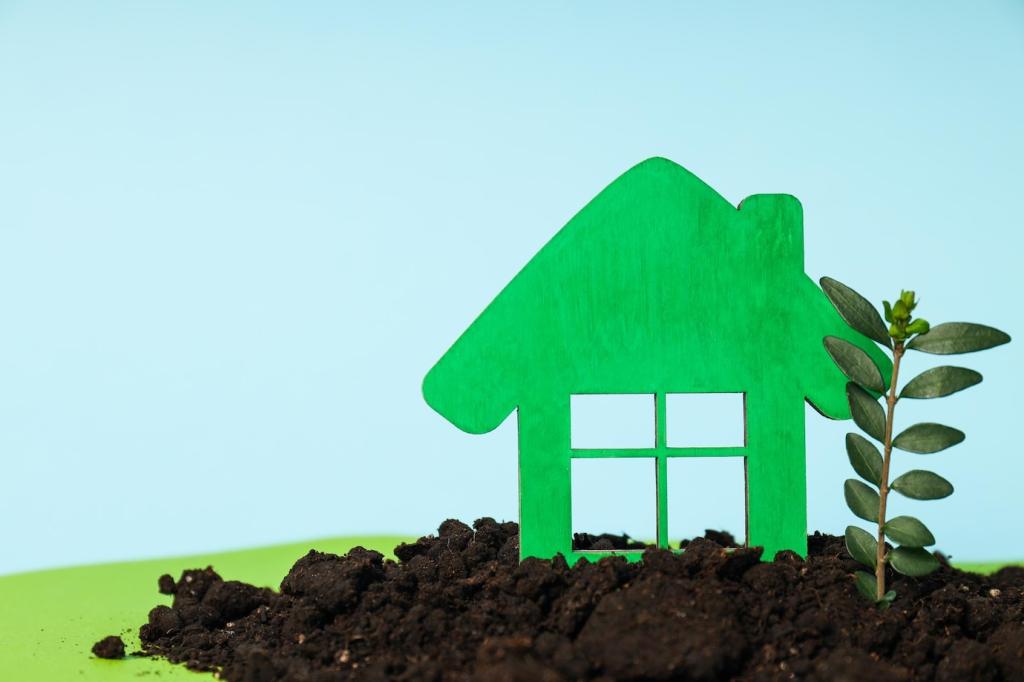Low-Waste Practices in Home Renovation Projects

Thoughtful Pre-Project Planning
When planning a renovation, clearly defining the project scope is crucial for minimizing waste. Overambitious or unfocused projects often result in the demolition of perfectly usable features or the unnecessary purchase of materials, leading to excess debris. By focusing only on necessary changes and prioritizing updates that will have the most impact, you avoid removing or replacing components that still have life left in them. Efficient scope planning also means measuring spaces accurately and double-checking orders, so you’re not left with surplus materials or components that don’t fit. This approach streamlines the renovation process, ensuring resources are used effectively and waste is kept in check.

Prioritizing Reclaimed and Recycled Materials
Opting for reclaimed or recycled materials is a powerful way to reduce waste during home renovations. Materials like reclaimed wood flooring, bricks, tiles, and doors have already had a useful life and, when repurposed, prevent unnecessary resource extraction and landfill contribution. These materials often bring unique character and history to your home, differentiating it from mass-produced, new products. By partnering with salvage yards or online marketplaces specializing in reclaimed goods, you not only support circular economy principles but also inspire creative, personalized solutions for every space.

Choosing Certified Sustainable Products
Using materials certified by reputable organizations—such as FSC-certified wood, GreenGuard, or Cradle to Cradle—ensures your renovation aligns with environmental best practices. These certifications indicate that products meet strict criteria regarding environmental impact, sourcing, life-cycle, and sometimes even indoor air quality. While certified materials might sometimes come at a premium, their long-term benefits include healthier indoor environments, support for responsible industry practices, and reduced negative ecological effects. Integrating these products into your renovation means you’re actively investing in a cleaner, more sustainable building industry.

Planning for Material Reuse and Future Recycling
Thinking about the end life of materials before installation is key to a low-waste renovation. Selecting materials that can be easily uninstalled and reused or recycled promotes a circular approach to home building. For example, using mechanical fasteners rather than adhesives makes it easier to recover materials in future updates. Planning for modularity and reversibility ensures that elements like cabinetry or flooring can live many lives beyond your initial renovation, reducing the volume of construction debris that eventually reaches landfills.
Employing Deconstruction Instead of Demolition
Traditional demolition can create mountains of waste, with once-valuable materials swiftly turned into landfill fodder. By choosing deconstruction over demolition, components like doors, windows, cabinetry, fixtures, and structural lumber can be carefully removed for reuse or donation. This approach preserves the embodied energy in materials and gives them a second life elsewhere, benefiting both the environment and charitable organizations. Deconstruction may take more time than demolition, but the reduced landfill waste and tax incentives from donated materials often offset the additional effort.
Implementing On-Site Waste Sorting and Recycling
Establishing clear waste sorting stations on the job site allows for efficient recycling of metals, plastics, wood, drywall, and cardboard. Many local authorities and private companies provide recycling services tailored specifically for construction sites. Educating everyone involved in the project—from contractors to sub-trades—about sorting protocols ensures maximum recovery of recyclable materials. Keeping recyclables separated from general waste not only reduces landfill burden but can also lower disposal costs and improve site safety.
Managing Leftover Supplies Responsibly
Excess materials are common byproducts of renovation projects, but with strategic handling, these leftovers need not go to waste. Stockpiling surplus tiles, paint, or lumber for future repairs or small projects ensures you have matching materials on hand, reducing the need to buy more later. For inherently excessive materials, consider donating usable items to community organizations, schools, or nonprofit building centers. Proactive coordination with suppliers to return full, unopened packages also trims waste and recoups some costs, contributing further to responsible resource management.
